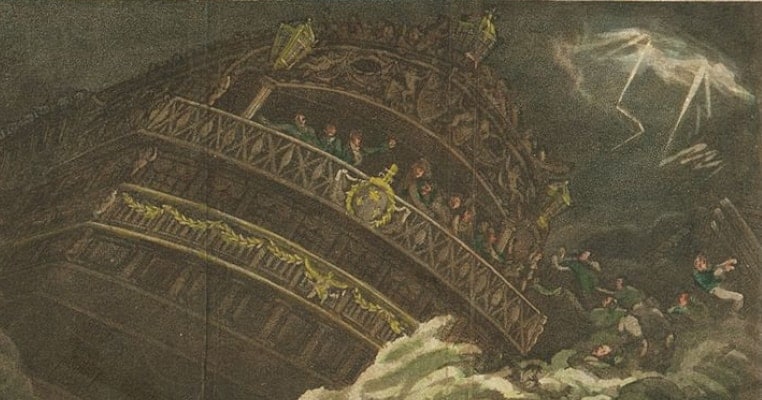Although popular attention is more commonly granted to ships lost in the course of wars, including also civilian ships such as RMS Lusitania, maritime disasters just as frequently occurred historically outside the confines of violence. Vulnerable to weather, human error, or design faults, whilst today we take ship travel for granted one should not overlook a time whereupon it carried significant risks and a very real chance of death.

Spanning far beyond the contemporary obsession concerning the sinking of the Titanic, admittedly one of the most deadly peacetime maritime incidents, similar occurrences span across the messy history of mankind’s relationship with the seas.
Here are 20 major naval disasters from history that will make you frightened to set foot aboard a ship:
20. Costing a combined twenty thousand lives, the unfortunate weather surrounding the Spanish Armada sunk almost one-third of the would-be invasion fleet off the coast of the British Isles.

The Spanish Armada, known to the Spanish as the “Great and Most Fortunate Navy”, was a Habsburg fleet designed to escort an army from Flanders to England with the intent of invasion and the overthrow of the Protestant Queen Elizabeth I. Commanded by the Duke of Medina Sidonia and comprised of 130 ships, the Armada elected not to engage the English in the Solent and sought to establish a temporary anchor off the coast of Calais to wait for the Duke of Parma’s army. Scattered by an English fireship attack, the Armada was driven north by strong southwesterly winds before encountering a severe storm in the North Atlantic.
Having lost only five ships in battle against the English, the Armada suffered the wrecking of approximately thirty off the coasts of Scotland and Ireland. Among these, La Girona sunk off Lacada Point, County Antrim, on October 26, 1588. Having previously suffered damage to the rudder in earlier storms, La Girona anchored in Killybegs, Donegal, for repairs. Departing on October 25, the storm grew resurgent the following day. Struck by a gale and driven onto the coastal rocks, of the estimated 1,300 individuals on board the Spanish galleass only nine survived.

